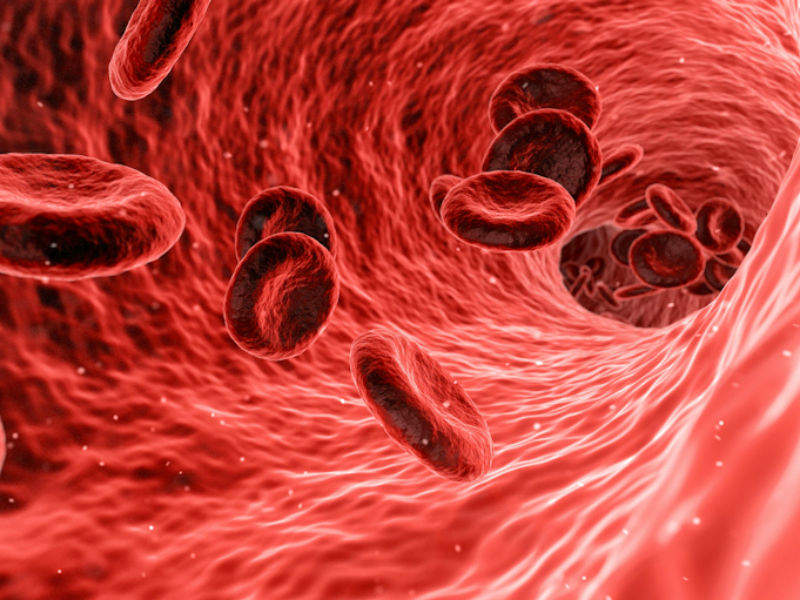
A high-resolution optical technique which can map the detailed biomechanical properties of heart tissue could be used to aid the discovery of therapies to heal heart damage.
Researchers from the University of Houston, the Baylor College of Medicine and the Texas Heart Institute developed this new method whilst experimenting with mice. They plan to use this discovery to assess whether current therapies aimed at healing heart tissue are effective. If successfully applied to humans, the technology will fill a current gap in the cardiac medical field.
Dr Kirill Larin, who co-led the study with Professor James F. Martin, said: “About one million people suffer heart attacks every year and there is currently no cure for the resulting cardiac tissue scarring. We are working to develop ways to regenerate heart tissue and our research works to measure the mechanical properties to determine if the heart is healing in response to therapies.”
The new technique, known as optical coherence elastography (OCE), was developed in Larin’s laboratory and provides a micro-scale assessment of tissue mechanics in the form of high-resolution 3D maps. The analytics models are constructed when mechanical waves are inducted in the tissue and then the speed or spatial characteristics of the waves are measured to provide the information to form the image.
The researchers applied this technique to a mouse model. They induced heart attacks in mice and then used experimental therapies to try and heal the damage. As tissue from new-born mammalian hearts has been shown to regenerate, the research team have been experimenting with different methods in an attempt to manipulate molecular pathways so that a stimulated adult heart could also repair itself.
OCE was used before and after the induced heart attacks to detect whether the boundary between healthy tissue and scarred tissue had moved after therapy. The results showed that damaged tissue had decreased anisotropy compared with healthy issue, indicating that muscle fibres in a damaged area are more disorganised.
How well do you really know your competitors?
Access the most comprehensive Company Profiles on the market, powered by GlobalData. Save hours of research. Gain competitive edge.

Thank you!
Your download email will arrive shortly
Not ready to buy yet? Download a free sample
We are confident about the unique quality of our Company Profiles. However, we want you to make the most beneficial decision for your business, so we offer a free sample that you can download by submitting the below form
By GlobalData“This is the first application of OCE for high-resolution mapping of muscle mechanical properties of the heart,” Larin added. “We were able to see differences in the mechanical properties of normal heart tissue and areas with myocardial infarction. In the future, we want to use the technique to examine regenerated heart tissue to help us find a therapy that can benefit the millions of people worldwide who have experienced a heart attack.”







